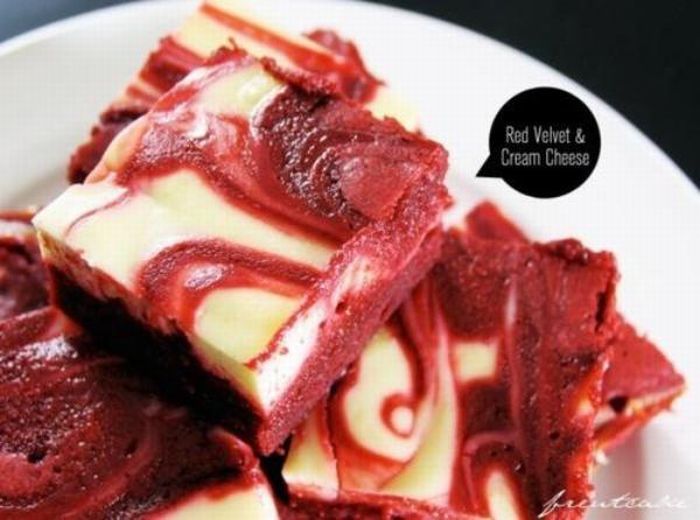Creative Biscuit
|
With the combination of the Muslim invasion of the Iberian Peninsula, and then the Crusades developing the spice trade, the cooking techniques and ingredients of Arabia spread into Northern Europe. By mediaeval times, biscuits were made from a sweetened, spiced paste of breadcrumbs and then baked (e.g., gingerbread), or from cooked bread enriched with sugar and spices and then baked again. King Richard I of England, (aka Richard the Lionheart) left for the Third Crusade (1189–92) with "biskit of muslin", which was a mixed corn compound of barley, rye, and bean flour.
As the making and quality of bread had been controlled to this point, so were the skills of biscuit making through the Craft Guilds. As the supply of sugar began, and the refinement and supply of flour increased, so did the ability to sample more leisurely foodstuffs, including sweet biscuits. Early references from the Vadstena monastery show how the Swedish nuns were baking gingerbread to ease digestion in 1444. The first documented trade of gingerbread biscuits dates to the 16th century, where they were sold in monastery pharmacies and town square farmers markets. Gingerbread became widely available in the 18th century. The British biscuit firms of Carrs, Huntley & Palmer, and Crawfords were all established by 1850.
Hence, it is of no surprise that, often together with local farm produce of meat and cheese, many regions of the world have their own distinct style of biscuit, so old is this form of food.
|
|















